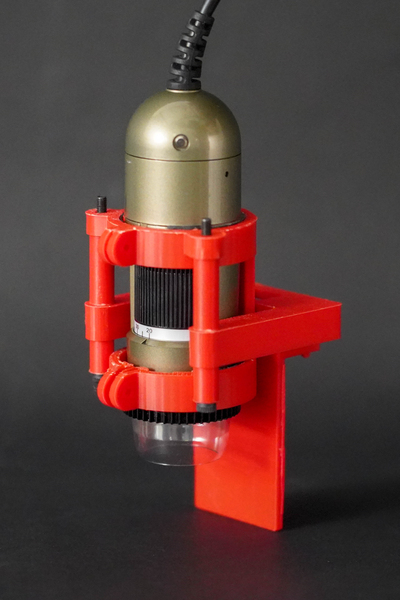

Leveraging cutting-edge technologies across disciplines to advance research methodologies, address complex problems, foster scientific inquiry, and enhance interdisciplinary educational frameworks.
Learn about the CapabilitiesThe SHED Network is an ever-growing consortium of collaborative institutes, centers, departments, and entities across the globe, coming together to share resources and expertise, jointly tackling complex challenges, and providing policy advocacy.
Learn more about the Network
Environmental informatics and neutron activation analysis for addressing heavy metal contamination concerns at the community/individual scales.
See All Research ProjectsThe SHED leverages its interdisciplinary capabilities, core expertise, and advanced technology to support diverse fields of study, offering a range of courses from the MIT School of Engineering. These courses provide students with a comprehensive understanding of complex problems through collaborative, hands-on learning experiences across multiple scientific disciplines.
See All Courses

The method enhances 3D bioprinting capabilities, accelerating process optimization for real-world applications in tissue engineering.

2.797/2.798 (Molecular Cellular and Tissue Biomechanics) explores the intersection of mechanics and biology.
We offer access to MIT faculty, staff, researchers, students, and thought leaders, knowing that participation from a broad mix of people and experience is the most effective way to rapidly develop better risk management, safer use, and more equitable access across campus.